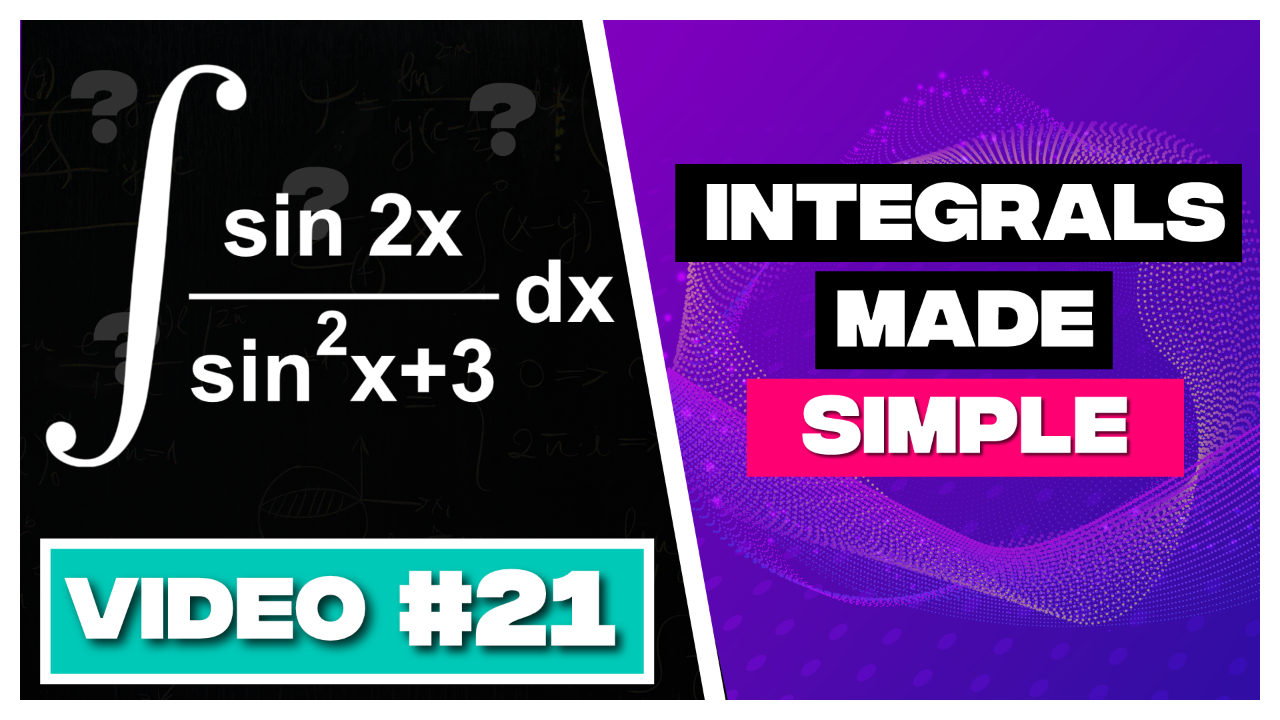How to solve indefinite integral of x divided by cube root of x by dx ?
Short answer: indefinite integral of x divided by cube root of x by dx is (3/5)x∛(x^2))+C. ∫ (x/∛x)dx is not particulary hard integral. You can solve it in 10 easy steps. We will walk you through and explain everything. Let's start.

Table of contents
- Required assumtions
- Step by step solution of ∫ (x/∛x)dx
- What is indefinite integral of x divided by cube root of x by dx?
- Full video how to solve ∫ (x/∛x)dx
- Dictionary
- Want to solve next one?
Required assumtions
Usually, we have some additional info about function f of (x). In our case:
- f(x) belongs to real numbers
- f(x) is integrable in that domain

Step by step solution of ∫ (x/∛x)dx
We will solve ∫ (x/∛x)dx in 10 easy steps. Let's get started
Step 1
From symbol dx we know that differential of variable x indicates that the variable of integration is x. Let’s rewrite integrand - function inside the integral. We may apply formula which says n-th root of s equals s rise to one divided by n. In our case s is x and n is 3.

Step 2
And we have in denominator x rise to one-third. We may write down x in numerator as x rise to 1 knowing that s rise to 1 equals s. Now we may take advantage of the formula s rise to n divided by s rise to m equals s rise to n minus m.

Step 3
And we can subtract our powers in main solution. We have x rise to 1 minus one-third.

Step 4
So, we have one minus one- third and we may write one as three thirds and have common denominator three. Then we have 3 minus 1 in numerator and three in denominator. In result, we get two- thirds.

Step 5
When we apply our side-notes to the main solution, in result, we get x rise to two-thirds under our integral. Now, we’ve modified our integrand to make use of formula for solving integral of s rise to n which is s rise to n plus 1 divided by n+1. We also have to add constant C to make sure that we have all our solution taken into account as our solution make whole class of function not a single one. And now in our case s is equal to x and n is two-thirds.

Step 6
We get x rise to two-thirds plus 1 divided by two-thirds plus one and plus constant C.

Step 7
We may now add two-thirds to 1 and if we change one into three thirds we get five thirds.

Step 8
So, we have x rise to five-thirds divided by five-thirds plus constant C. We can smooth it a little taking advantage of formula which says that s divided by a divided by b equals b divided by a multiplied by s. In our case s is equal to x rise to five -thirds, a is 5, b is 3.

Step 9
We can rewrite also x rise to five- thirds. We may write five thirds in power as two- thirds and three thirds. In that way we may write it down as x rise to two thirds multiplied by x rise to 1 . x rise to two-thirds is in other words cube root of x square and x rise to 1 may be written down as x.

Step 10
In that way we have result of our integration as three-fifths multiplied by x , cube root of x square plus constant C.

What is indefinite integral of x divided by cube root of x by dx?
We finally did it: ∫ (x/∛x)dx=(3/5)x∛(x^2))+C

Dictionary
Integration (antidifferentiation)
Computation (process of finding) of an integral, opposite process to differentiation.Integrand
Function placed between sign of integral and differential of variable of integration e.g. $${{ \int f(x)dx}}$$,where:
$${{ \int }}$$- integration operator,
f(x) – integrand,
dx- differential of variable of integration x
Integrable function
Function that integral over its domain is finite.Indefinite integral
Represents a class of primitive functions whose derivative is the integrand e.g. $${{\int f(x)dx=F(x)+C \Leftrightarrow F’(x)=f(x)}}$$$${{C=const. }}$$,
$${{f, F,C \in R }}$$
R-real numbers
$${{\int f(x)dx}}$$ - indefinite integral of function f(x) by dx,
$${{F(x)+C}}$$ – a class of primitive functions that $${{F’(x)=f(x) }}$$,
F(x) - primitive function, usually written in capital letters,
R-real numbers.
Function
Function specified on a set X and having values in set Y is an assignment each element of set X specifically one element in set Y.$${{f: X \rightarrow Y}}$$
f-function name,
X-set of elements of function f, domain of a function f
Y-set of function values of function f, codomain of a function f
$${{x\in X, y \in Y}}$$
$${{y=f(x) f: x\rightarrow y}}$$
$${{y=y(x), }}$$
y(x)-vales of the function named y,
x-independent variable,
y-dependent variable.



